Research
Research
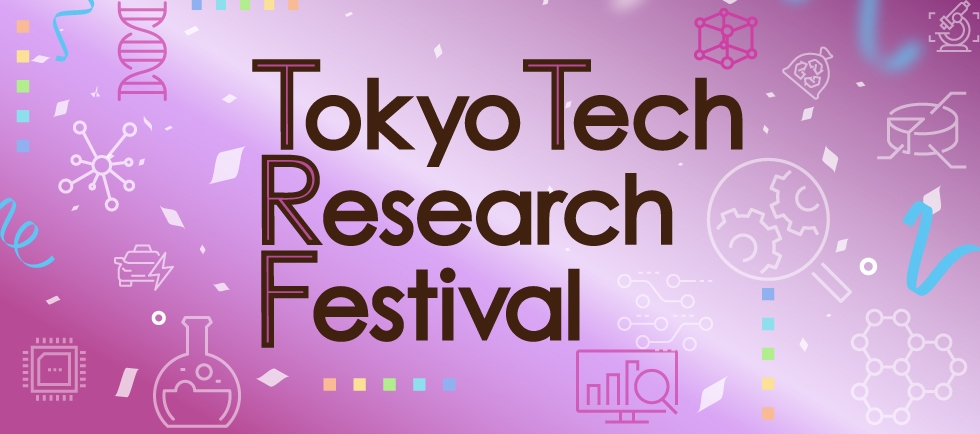
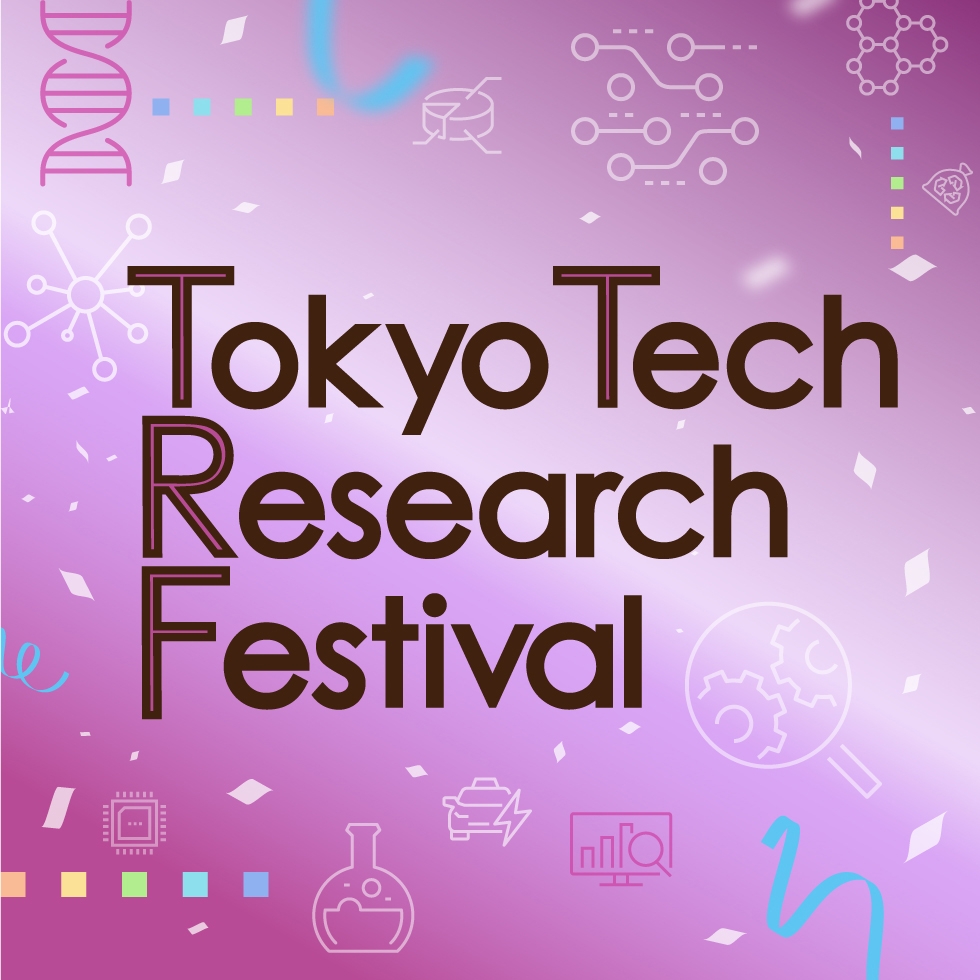
The Tokyo Tech Research Festival is an occasion for supporting innovation through exchange between early-career researchers and companies. On December 5, 2019, at Ookayama Campus, a wide variety of topics pursued by some of Tokyo Tech's top researchers were introduced.
Director's Message: Innovation begins together
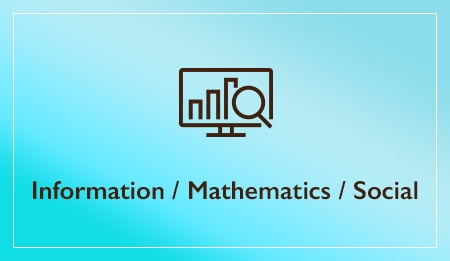
Seeking a "good" matching between hospitals and doctors, firms and workers, and so on
Solving mathematical optimization problems related to such as for "operation-room assignment" and "effective reallocation of ambulances"
Detecting cyber attacks using signal processing techniques while considering privacy
Using deep learning to analyze the 3D structures of proteins and improve the accuracy of protein 3D structure prediction
Using data science to extract useful information from data obtained from sensors containing noise and deterioration
Using mobile and IoT technologies to capture the characteristics of people's behavior and activities, modeling these with AI, and creating new high-quality services
Conducting joint research such as news reporting, public relations, surveys, organization and system design, and donated lectures with newspaper companies, major electronics makers, local governments, and NPOs
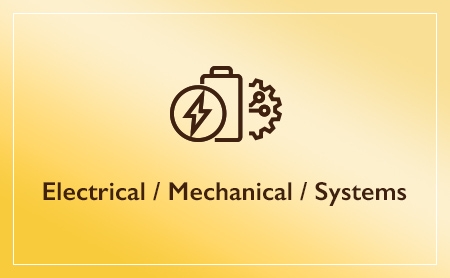
Using design thinking to find potential needs and challenges with users and solving challenges through engineering based on structural mechanics and applied mechanics
Searching for new applications for fiber optic distributed sensors developed for diagnosing the soundness of social infrastructures
The weight of main components for DC-DC converters used in electric vehicles and trains has been reduced to 1/50
Wireless communication and spectroscopic analysis using terahertz (THz) devices. Recently, research on THz radar is promoted
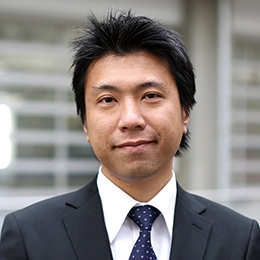 Kenichi Okada
Kenichi Okada
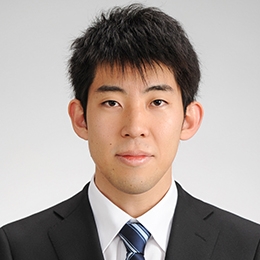 Atsushi Shirane
Atsushi Shirane
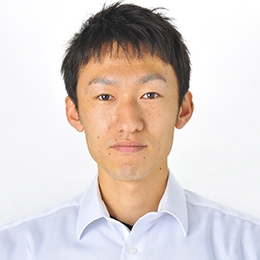 Takashi Tomura
Takashi Tomura
Realization of a light, compact array antenna that can be mounted on small satellites, drones, etc., and that can be deployed to a large area

Fundamental technologies for an energy-saving, low-cost, high-efficiency water utilization system through the integration of light source, light sensing technologies and photocatalysts
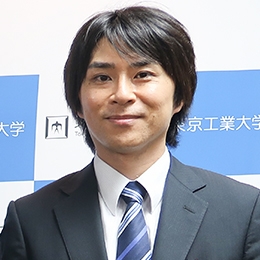 Nobuhiro Chijiwa
Nobuhiro Chijiwa
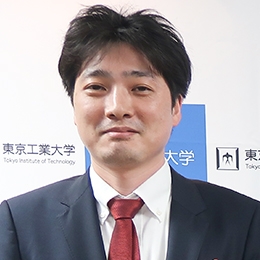 Minho O
Minho O
Resource separation and recovery processes for recycling waste concrete
We are searching for substances and analyzing reaction functions in order to contribute to the development of high-performance power storage devices from the perspective of materials
Our team researches waste management and recycles using interdisciplinary approaches including psychological analysis and mineralogical identification
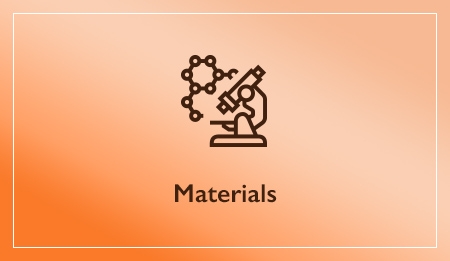
Unravelling the origin of the mass of a proton and a neutron by investigating the relationship between the vacuum structure surrounding particles and the mass of particles
Aiming to develop practical electrodes by controlling various reactions in electrodes, which are a problem with fuel cells
Successful synthesis of a boron two-dimensional nanosheet similar to borophen, a material succeeding graphene. Investigating characteristics and exploring applications
We conduct research on the development of extremely thin materials composed of atomic layers and their intriguing hidden physical properties
Developing and expanding the applications for using aromatic polymers that have excellent thermal stability and chemical stability as catalysts, which has never been done before
Realizing ultra-high precision microfabrication of 2 nm or less that exceeds the limits of conventional technology without using expensive and large-scale manufacturing equipment

Controlling metal crystal synthesis and detecting harmful small molecules by designing combinations of amino acids
Investigating the molecular mechanism that protects genomic DNA in mammals and improving the quality of iPS cells used for regenerative medicine
Drug delivery systems and nanomachines for delivering drugs to diseased areas, bioimaging, and minimally invasive treatments using medical devices
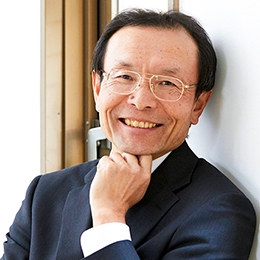 Osamu WatanabeDirector, Office of Research and Innovation
Osamu WatanabeDirector, Office of Research and Innovation
There are over 1,000 researchers at Tokyo Tech, and about one-third are researchers in their 30s and early 40s. It is my hope that industries will see the research emerging from our members' creativity and fresh perspectives, as well as the potential their research has in leading to new innovations. The purpose of the Research Festival is to introduce 30 researchers and their research topics. I believe that this Research Festival will be a wonderful opportunity for exchange and exploring possibilities.
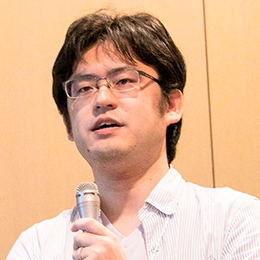 Yasushi KawaseAssistant Professor, School of Engineering
Yasushi KawaseAssistant Professor, School of Engineering
We consider a problem of finding a stable matching between hospitals (or firms) and doctors (or workers) when budget constraints or type constraints are imposed on the hospitals (or firms). In such constrained situations, there may be no stable matching. In this research, we analyze the computational complexity for determining whether a stable matching exists and develop algorithms that find approximately stable matchings.
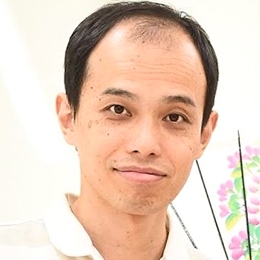 Makoto YamashitaAssociate Professor, School of Computing
Makoto YamashitaAssociate Professor, School of Computing
The Yamashita research group employs a mathematical optimization approach to build a numerical method for various optimization problems in medicine including the "operation-room assignment," "beam intensity calculations for radiation therapy," and "effective reallocation of ambulances." We are also conducting research on how to formulate each practicall issue into optimization models.
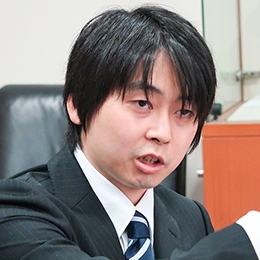 Masao YamagishiAssistant Professor, School of Engineering
Masao YamagishiAssistant Professor, School of Engineering
We focus on the "signal processing techniques that fully utilize optimization theory." Signal processing is a field to develop methods for extracting useful information from observations (images, time series data, and so on). In this research, we are studying a problem to extract the matrix caused by cyber attacks from the extended flow matrix (which expresses time transition of flow traffic and consists of privacy-aware information). For this problem, we propose its optimization problem formulation and the associated iterative solver, inspired by the robust principal component analysis.
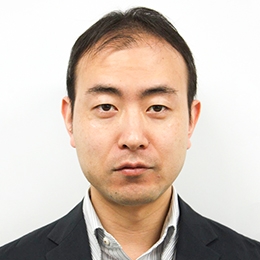 Takashi IshidaAssociate Professor, School of Computing
Takashi IshidaAssociate Professor, School of Computing
"Deep learning" has been applied to fields such as image recognition with excellent results, and has now become an extremely important technology for analyzing life science data such as with proteins and DNA. We use special network structures including "3D convolutional neural networks" for data with a 3D structure known as protein cubic structure information to successfully improve prediction accuracy for issues such as "predicting 3D model accuracy estimations."
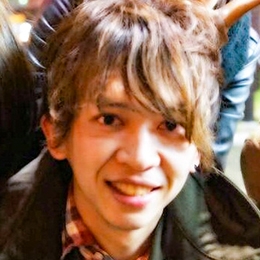 Shunsuke OnoAssociate Professor, School of Computing
Shunsuke OnoAssociate Professor, School of Computing
We have been researching "techniques for effectively and efficiently estimating, processing, and analyzing desired information from sensing data containing noise, degradations, or missing information" by applying knowledge related to signal processing, mathematical optimization, and machine learning, which are fundamental data science technologies, across different fields. This time, we will introduce some representative research results generated in this process.
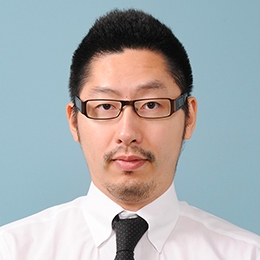 Masamichi ShimosakaAssociate Professor, School of Computing
Masamichi ShimosakaAssociate Professor, School of Computing
We are researching AI (statistical data analysis and machine learning) that models the everyday behavior of crowds, which has become available through the advancement of mobile and IoT technologies. We are conducting our research on various service technologies based on behavior modeling by deepening collaboration between industry and academia.
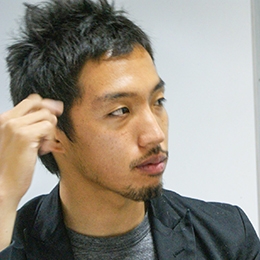 Ryosuke NishidaAssociate Professor, Institute for Liberal Arts
Ryosuke NishidaAssociate Professor, Institute for Liberal Arts
Our specialty is sociology and public policy. Research on regulations, systems, organizational design, public relations, and democracy in the era of AI and SNS. Our approach uses both the theory and practice of themes including computerization, politics, social issues, public relations, news reporting, and system design. We are ready to consult on related themes.
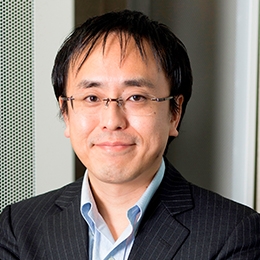 Kazuaki InabaAssociate Professor, School of Environment and Society
Kazuaki InabaAssociate Professor, School of Environment and Society
We are using design thinking in industry-academia collaboration projects and co-creation spaces to find user's potential needs and challenges, and developing elemental technologies and designing products to resolve challenges thorough engineering based on mechanical engineering, especially applied mechanics such as structural mechanics and multiphase flow to provide innovative experiences to users.
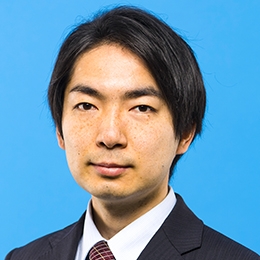 Yosuke MizunoAssistant Professor, Institute of Innovative Research
Yosuke MizunoAssistant Professor, Institute of Innovative Research
We have been developing a unique measurement technology that determines the strain and temperature distributions along optical fibers. In other words, we can measure where and how much strain (and/or temperature change) is applied to sensing fibers. We have recently achieved the world's highest spatial resolution and operating speed. First, we would like everyone in the industry to know the existence of such a technology. Then, we hope you will present some specific applications where this technology could contribute, and then find ways for joint development.
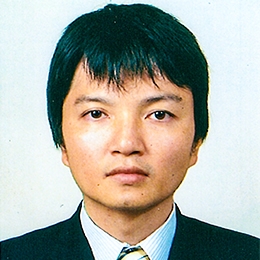 Makoto HagiwaraAssociate Professor, School of Engineering
Makoto HagiwaraAssociate Professor, School of Engineering
Electric vehicles and electric railways use DC-DC converters, which are a type of semiconductor power converter. However, one problem is that the inductors used in these converters are large and heavy. For example, the weight/volume of an inductor for an electric railway can be as heavy as 1,000 kg. We are researching innovative DC-DC converters using the latest semiconductor power conversion technology (power electronics technology), and have discovered that it is possible to reduce the weight/volume of inductors to less than 1/50 that of conventional converters.
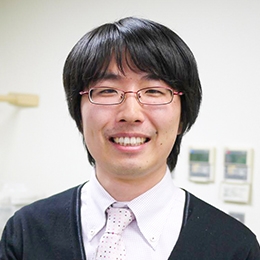 Safumi SuzukiAssociate Professor, School of Engineering
Safumi SuzukiAssociate Professor, School of Engineering
We are studying THz oscillators using resonant tunneling diodes, which are candidates for semiconductor device THz light sources, in order to realize various THz applications, and we have achieved operation up to 2 THz and milliwatt output at 1 THz, which are difficult using other devices. We are also tackling various THz applications such as wireless communication and spectroscopic analysis using developed devices, and have recently been strongly promoting research on THz radar.
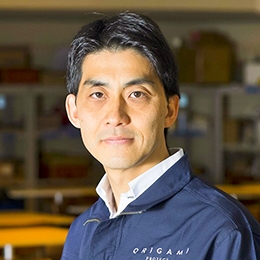 Hiraku SakamotoAssociate Professor, School of Engineering
Hiraku SakamotoAssociate Professor, School of Engineering
 Kenichi OkadaProfessor, School of Engineering
Kenichi OkadaProfessor, School of Engineering
 Atsushi ShiraneAssistant Professor, School of Engineering
Atsushi ShiraneAssistant Professor, School of Engineering
 Takashi TomuraAssistant Professor, School of Engineering
Takashi TomuraAssistant Professor, School of Engineering
In this research, our aim is to realize compact and light antenna that can be deployed to a large area by combining integrated circuits and array antennae (electrical system) with deployment structures (mechanical system) using origami techniques, which were started from last year's Tokyo Tech Research Festival.
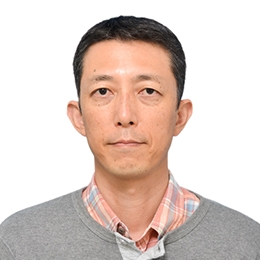 Chihiro YoshimuraAssociate Professor, School of Environment and Society
Chihiro YoshimuraAssociate Professor, School of Environment and Society
We are developing novel water treatment systems based on the latest light source technology, light sensing and high-performance photocatalysts, and creating basic technologies for presenting an optimal energy-saving, low-cost, high-efficiency water utilization system that meets various needs of the water utilization field.
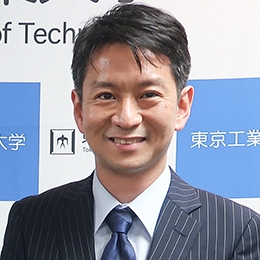 Masatoshi KondoAssociate Professor, Institute of Innovative Research
Masatoshi KondoAssociate Professor, Institute of Innovative Research
 Nobuhiro ChijiwaAssociate Professor, School of Environment and Society
Nobuhiro ChijiwaAssociate Professor, School of Environment and Society
 Minho OAssistant Professor, School of Materials and Chemical Technology
Minho OAssistant Professor, School of Materials and Chemical Technology
About 30 million tons of waste concrete is generated each year, and it can only be recycled and used as roadbed material. High-strength, high-durability fiber reinforced concrete is difficult to recycle and is currently sent to final disposal sites. To realize a resource recycling society, it is essential that waste concrete be recycled. The purpose of this study is to focus on the recycling of fiber reinforced concrete and incorporate a resource separation and recovery process that takes advantage of the readily fusible nature (low melting point) of metal materials, which have been used in the nuclear energy field, in order to develop a fusible metal fiber reinforced concrete where the used raw materials can be separated and recycled.
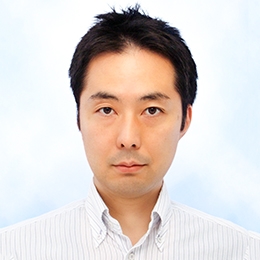 Masaaki HirayamaAssociate Professor, School of Materials and Chemical Technology
Masaaki HirayamaAssociate Professor, School of Materials and Chemical Technology
We are developing material design methods based on analysis of solid-state electrochemical phenomena and searching for materials using various inorganic synthesis methods with the aim of improving the performance and adding new functions to power storage devices such as lithium-ion batteries and all-solid-state batteries.
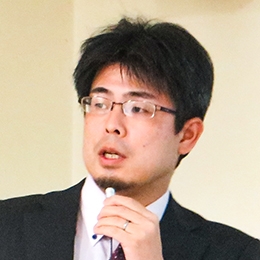 Fumitake TakahashiAssociate Professor, School of Environment and Society
Fumitake TakahashiAssociate Professor, School of Environment and Society
We are researching waste management and recycles from "upstream" where wastes are generated to "downstream" where wastes reach to the final disposal. What trash container design makes it easier to separate wastes? How boresome is it to separate wastes? How can additional value be created to encourage wates recycles? How much environmental risks are there in waste recycles and the final disposal? Will landfilled wastes be converted to soil? Focusing on waste, we are conducting interdisciplinary researches using psychological, chemical, mechanical, and mineralogical approaches.
 Hiroyuki FujiokaAssociate Professor, School of Science
Hiroyuki FujiokaAssociate Professor, School of Science
Materials around us are made up of atoms, and 99.95% of the mass of an tom is carried by the nucleus at the center of the atom. In other words, exploring the origin of a substance's mass is basically the same as unravelling the origin of the mass of protons and neutrons that comprise the nucleus. Theoretically, the structure of the vacuum surrounding a proton is considered to cause the proton to gain mass. We are planning an experiment using an particle accelerator to investigate the relationship between the vacuum structure and particle mass.
 Hirotatsu WatanabeAssistant Professor, School of Engineering
Hirotatsu WatanabeAssistant Professor, School of Engineering
Solid oxide fuel cells are power generation devices that promote the conversion of carbon resources (natural gas, coal, biomass, etc.) into high-efficiency energy.
However, since unwanted side reactions such as carbon deposition occur on the electrode surface, the reaction needs to be controlled.
The concept of my research is reaction design based on structural control of interface that form reaction sites with the aim of conducting a multi-scale investigation of surface reactions using first-principles calculations and observation techniques, and developing electrodes that have reaction selection functions.
 Tetsuya KambeAssistant Professor, Institute of Innovative Research
Tetsuya KambeAssistant Professor, Institute of Innovative Research
We discovered a new two-dimensional boron nanosheet similar to borophen. This means we succeeded in synthesizing an atomic layer material consisting of boron and oxygen at normal pressure and in the air with the possibility of simple atomic delamination. As a new function, electrochemical characteristics were discovered, so we will report on this.
 Toru HiraharaAssociate Professor, School of Science
Toru HiraharaAssociate Professor, School of Science
The 2010 Nobel Prize in Physics was awarded for the creation of a two-dimensional planar sheet made of a single layer of carbon atoms called graphene, which was discovered in 2005, and the discovery of its quantum properties. Research on atomic layer materials exploded over the next 10 years. We are especially focusing on atomic layer materials that exhibit high-temperature superconductivity and topological properties. Our hope is that this will eventually lead to the production of quantum computers in the future using Majorana particles that are expected to appear in these systems.
 Yuta NabaeAssistant Professor, School of Materials and Chemical Technology
Yuta NabaeAssistant Professor, School of Materials and Chemical Technology
Aromatic polymers such as polyimide and polyethersulfone have excellent thermal stability and chemical stability, but have rarely been used as catalysts.
I believe that the universal characteristics of aromatic polymers make them suitable as catalyst materials and their precursors, and am implementing themes such as (1) the development of new catalyst materials with aromatic hyperbranched polymer ends as catalytic sites, and (2) the development of carbon powder obtained by the carbonization of fine polyimide particles into a fuel cell catalyst.
 Ken KomiyaAssistant Professor, School of Computing
Ken KomiyaAssistant Professor, School of Computing
Overturning the common idea of “manufacturing” with microfabrication using the DNA self-assembly that surpasses the microfabrication technology used in the semiconductor industry with a precision of 10 nm. It is possible to achieve ultra-precise and massively parallel microfabrication of 2 nm or less, exceeding the limits of conventional technology, without using expensive, large-scale manufacturing equipment. We will realize a dramatic improvement in efficiency, precision, and cost in various industrial fields from molecular production and energy conversion using enzymes to electronic device manufacturing, leading the way to a sustainable future.
 Masayoshi TanakaAssistant Professor, School of Materials and Chemical Technology
Masayoshi TanakaAssistant Professor, School of Materials and Chemical Technology
Peptides are promising ligand molecules for various harmful and/or useful materials (e.g. TNT, virus, PM2.5, lipid and metallic particles) due to the abundance of variants derived from combinations of 20 natural amino acids with different physicochemical properties. By designing the amino acid sequence, we are now developing some techniques both for functional nanomaterial production by environmentally friendly course and for sensing of trace amounts of various targets.
 Mikio ShimadaAssistant Professor, Institute of Innovative Research
Mikio ShimadaAssistant Professor, Institute of Innovative Research
Clarifying the molecular mechanism that protects the genomic DNA of mammalian cells is expected to help improve the quality of iPS cells used in clinical applications such as regenerative medicine.
 Nobuhiro NishiyamaProfessor, Institute of Innovative Research
Nobuhiro NishiyamaProfessor, Institute of Innovative Research
We are designing functional polymers that express smart functions in vivo, and are developing drug delivery systems and nanomachines for the targeted delivery of biopharmaceuticals such as nucleic acid medicine and antibodies, bioimaging, and minimally invasive treatments using medical devices.
To respond flexibly to industry needs, Tokyo Tech offers a variety of collaboration options.
Ways Tokyo Tech faculty collaborate with companies |
|
|---|---|
Collaborative Research |
A Tokyo Tech faculty member and company researchers collaborate on a specific research topic to obtain a result. Necessary expenses for the research are covered by the company. Company researchers may also conduct research at Tokyo Tech laboratories. |
Sponsored Research |
A Tokyo Tech faculty member conducts research (sponsored research) on a specific topic, with necessary expenses for the research being covered by a company. The Tokyo Tech faculty member reports the research results to the company. This is research "sponsored"by companies. |
Academic Consultation |
A Tokyo Tech faculty member uses their specialized knowledge and skills to advise a company on specific issues. The research tasks are not performed by the Tokyo Tech faculty member. A consultancy fee is charged |
Sponsored Researcher |
A company researcher conducts research at Tokyo Tech under the guidance of a Tokyo Tech faculty member. The company is charged a consultancy fee (research fee). |
Material Transfer |
Material is transferred between a Tokyo Tech researcher and a company researcher. |
*May include multiple faculty members, multiple companies, and other universities.
Contact
Tokyo Tech Research Festival Team
Office of Research and Innovation
Tokyo Institute of Technology
E-mail : ttrf@sangaku.titech.ac.jp
The Special Topics component of the Tokyo Tech Website shines a spotlight on recent developments in research and education, achievements of its community members, and special events and news from the Institute.
Past features can be viewed in the Special Topics Gallery.
Published: December 2019